In my years spent working with clients on their AdWords account, I’ve come to this conclusion that every business owner needs to know:
For some AdWords is the best possible channel to get the most focused, intent-based traffic and turn it into a lead machine.
But for others, AdWords just isn’t right for their business at all.
Allow me to explain…
When someone clicks on your ad, depending on your industry the cost is going to be highly variable. In some industries, your competitors haven’t hopped on the AdWords bandwagon so your clicks are going to be nice and cheap. For others, the clicks could be much higher than you are willing to spend at the first go-around.
The process in determining if AdWords is right for you right now is pretty simple, but it also requires some due diligence about your own business. My hope is that through this exercise you’ll get to know your business even better than before and that you’ll have a clearer path of what channels to focus on.
Here are the steps to determine whether or not AdWords is right for your business:
What are your measurements for success? Your benchmarks for AdWords will vary depending if you are lead-generating, an e-commerce store, or a subscription-based service
Lead-generating: what is your current cost per lead? What is your current cost per lead on other channels? If you have no benchmark, think about how many leads you have to speak with before you close a sale. What is your average sale?
Purchase-based: if you are running a store, it’s pretty simple. What’s your average cost per transaction? How much do you charge for Product A, Product B, etc? Selling products on AdWords can be a lucrative game if you know how to properly upsell and your products are at a proper price point. The price of the products that you sell is important, but it’s also up to you to carry the value of the purchaser through upsells.
Subscription-based: so subscriptions are an interesting model to work with on AdWords. While the initial AdWords investment may seem to outweigh your immediate profits,remember that the customer is more likely to be a recurring revenue source rather than just a one time purchaser.
That plays into what we call customer lifetime value (CLV) – a metric that says for that initial purchase of the subscription, how many months was the customer paying for the subscription and what revenue did they generate overall?
For example, Netflix charges $10 / month for their subscription. If people stay signed up for at least 6 months, their average CLV is $60. If it costs $10 to get a Netflix subscription on AdWords, then Netflix makes $50 on each subscription. Of course, there are other factors to consider as, most importantly your churn rate.
Knowing this will allow to tell if AdWords customers are more prone to churn and also to make sure that you have your cash flow in order (since AdWords spend can cause you some negative cashflows if you rely on CLV to make back on your investment)
The next thing to do is research your competitors – see what they are spending on keywords.
Most people will tell you that you need to use spy tools such as SpyFu and SEM Rush to see how your competitors are doing. While this definitely greatly helps with competitive intelligence as you’ll be able to see see predicted ad spends, actual competitor ad copy all in one place, and many other benefits, they all also have their share of inaccuracies.
One of their more important features is being able to tell you how much your competitor spends. This is where most of inaccuracies lie, but it can help you understand relatively to one another how much are competitors spending compared to one another.
Looking at the estimated amount of clicks that each competitor has had also helps you to see the kind of potential volume that can come in. I find that estimated spend is under-reported so definitely take the data with a grain of salt.
What I personally like to do is collect competitor data in real time by first doing a search on Google and see if my competitors are there, what their ads look like, etc.
What’s good to see is where you fit in on search rankings. I suggest that you use an incognito window on your browser since search engine ranking results when you’re logged into your Google account are geared towards your search history and preferences. So since you’ve probably searched for your own company in the past, you’ll want to make sure you are acting as a neutral party when you search.
So where are you on the search results? Are your competitors taking up some much top space that you are all the way at the bottom of the first page or not there at all? That could be an opportunity cost for you for keywords that may have been helpful in generating revenue.
I’ll then check out their landers. While spy tools do this for me, what I’m really looking to do is get tracked by their sites so I can see how they are doing their remarketing (or when you find a way to reach a potential or even current customer more than once). That’ll help you determine later on when you need to add a remarketing budget and what an investment in that would look like.
For pricing out keywords, an interesting little trick you can do is on Google’s Keyword Planning tool (this requires you have an AdWords account although you don’t need to be active on it). Here you use the landing page that you looked at earlier to make Google suggests based on a scrape of the page.
In some ways, since spy tools are coming up with data based on thousands of screenshots of the search results versus a scrape on Google’s part, there’s a different philosophy on how to get competitor intelligence. Either way, the data is loose on both ends and doesn’t give you a complete picture of how they’re doing on AdWords – just be aware that spy tools will set you back monthly, so keep that in mind for your equation. I recommend that after you’ve used it for what you need, you cancel.
For mining traffic, you’ll want to focus on higher traffic keywords first. These are keywords that have at least 1,000 estimated monthly searches. This group of keywords will tell you what to expect for most of your keyword traffic. Take the average cost / click (CPC) of these keywords to come up with a quick estimate of what you’ll be paying. There are much more thorough analyses you can do to come up with the average of CPCs you’ll end up paying, but this is a good start.
What you want to do during this reflective period is to articulate what is the driving factor that causes people to become your customers. Are they actively searching for you already?
This is where you’ll want to get a Google Analytics account if you don’t already have one. In Google Analytics, you can see the search terms that people are using to get to you through a tool called Search Console. Since this is real data of how people search to get to you (using Moz is a better way if you don’t mind paying the fee for that) it’s useful to know where you currently rank with these keywords versus where you’d like to rank.
Also, check out your referral traffic. If you’re a roofer, for example, you may be getting a lot of referral traffic from Angie’s List. You can see if Angie’s List is sending you more traffic than search. You’ll be able to also compare AdWords costs with Angie’s List costs. And if you end up using AdWords you can see if you are gaining customers overall or if you are taking away leads from Angie’s List. That’ll give you a comparison cost per lead to go by.
You want to establish your company’s conversion rate. This especially applies to AdWords accounts that are leads-driven. When your sales team gets leads how often are they able to close?
I recommend putting your business through a stress test exercise: bring in a large volume of “leads” to simulate what it would be like for your sales team to handle introducing a new leads channel. If you can see that your team has difficulty closing incoming leads when they are coming in rapidly, or that the overall sales process has holes in it, lowering the conversion rate, then you can fix those issues before diving into AdWords. I’ve worked with clients that have had very broken sales processes, so it was lowering their AdWords ROI to unprofitability (their accounts were in fine shape given the initial cost per lead)
You want to see what your current conversion rate is on your site. Out of the visitors the come to the site, how many turn into leads?
You want to establish this baseline because that helps to see if issues for your AdWords performance are being caused by the account or by the website. You’ll want to set up Goals on Google Analytics so that you can establish this number with your other traffic sources.
The equation in practice:
There are going to be some adjustments in the equation depending on what kind of business you are running.
Let’s go over lead generation first.
You’ll need to gather all of your baseline measures first before you run the equation. The baselines I’m setting here are purely to show the equation in action – this is not meant to show any industry standards, but you will be able to see how to fill in the blanks on your own.
Website Conversion Rate (Organic) = This is how many visitors you can convert into leads by organic search – out of the traffic that is finding you on search, how much does it convert? You don’t want to catch everyone here, which is why you need to set up Goals in Analytics. Only map out the scenario that you would be using for AdWords.
Let’s set this baseline to 15% for this scenario.
Sales Team Conversion Rate = How much your sales team converts your leads into customers. This will be different for each channel, but for now we can average this out for the baseline.
Let’s set this baseline at 20% – basically, your sales team can convert 20% of its leads into customers on average
Current Cost Per Lead Primary Channel = For the source that you are getting your leads from currently, how much does that cost? For example, let’s say that your leads have been costing you $30 per lead.
Average Value Of Customer = How much can revenue can you generate from one customer? Let’s say for the purposes of this exercise one person is worth $250 to you.
With these numbers in play, we can come up with a number that says relative to your current situation, is AdWords going to be profitable for you?
Baseline = [(Total leads x sales team conversion rate) x (avg. value per lead)] – (Total leads x cost per lead)
Baseline = [(100 x 20%) x ($250)] – (100 x $30)
+$2,000 = (20 x $250) – (100 x $30)
Now that we have the baseline down, we can see if AdWords can present us with a similar ROI schema. You’re going to need one of your baselines as well here that we didn’t use in the previous equation, which is your website conversion rate (we set this to 15% for your scenario)
For AdWords, you’ll need to gather the numbers you need to know to put the equation in practice, which are as follows:
The avg. cost per click you should expect: Let’s say this is $5 for this scenario
You’re baseline conversion rate of 15% for your website
Your desired budget: We spent $3,000 for the baseline leads, so let’s do the same thing here. Because of the average cost per click we established, you’ll have 600 clicks for this campaign.
Cost Per Lead = (Clicks x Avg. CPC) / (Clicks x Website Conversion Rate)
Cost Per Lead = (600 x $5) / (600 x 12%)
Estimated AdWords Cost Per Lead = $41.67
Let’s now establish a new predicted AdWords baseline
New comparison to baseline = [(Total leads x sales team conversion rate) x (avg. value per lead)] – (Total leads x cost per lead)
New comparison to baseline = [(72 x 20%) x ($250)] – (72 x $41.67)
New comparison to baseline = +$600
I’m pleased with these numbers. We can see that AdWords is still profitable channel (less so than the current channel you are using, but there is still room for growth). This makes it so it is worth investing since once we were to optimize everything about your campaigns & website we could surpass the baseline metric or even start attracting better quality / higher value leads. There are still plenty of growth opportunities
But as the equation also shows, expensive CPCs can be a slippery slope, We priced the average CPC at $5 for this exercise, but be prepared to pay more or less depending on your industry.
Now let’s look at another scenario for physical products:
Say you have a product that makes you an average $25 in revenue (revenue after any non-AdWords related costs) and you are spending an average of $2.50 per click. You have 10 clicks to go until you break even. If your conversion rate is 10%, you’ll break even. If lower, then you’re going to be losing money. Even if it’s variable, you’re not going to be making a whole lot of money.
Baseline = [(Product Visitors x Conversion Rate x (Avg. Product Value)] – (Total Sales x Avg. Cost Per Sale)
Baseline = [(100 x 15%) x ($25)] – (15 x $5)
+$300 = ($375) – ($75)
So you can see with your baseline that if your site’s conversion rate is at an average of 15% and you are your average product cost is $5 (assuming you are selling a physical product), you are still in the black!
Once you introduce ad spend into the equation for products with thinner margins, it’s still possible to do well on AdWords, however, since it’ll greatly increase our opportunities to scale.
Cost Per Lead = (Clicks x Avg. CPC) / (Clicks x Website Conversion Rate)
Cost Per Lead = (100 x $2.50) / (100 x 15%)
Estimated AdWords Cost Per Sale = $16.67
New Estimated Cost Per Sale = (AdWords Cost) + (Other Costs)
New Estimated Cost Per Sale = ($16.67) + ($5) = $21.67
So we can already see that the margins are going to become much thinner, but the good news here is that as long as you find ways to increase your website’s conversion rate and upsell your new customers on future offers, the sheer scale still allows you to make everything back and more. However, what we can see here is that there isn’t that much wiggle room for CPCs, so this could change a lot if we had to increase the CPC cost because you are operating in a competitive market.
With subscription based services:
Here you are replacing avg. product value with customer lifetime value. You can still use the physical product equation template in case you have an immediate expenses related to this.
This is a simple start to knowing whether you should dive in, but depending on the complexity of your business, you may need more
Let me know if you’d like to schedule a consultation by filling out this contact form here. Besides for creating a model for which channels would be profitable for your business, I can help you focus on where you should be really going and where the leads are for your vertical.

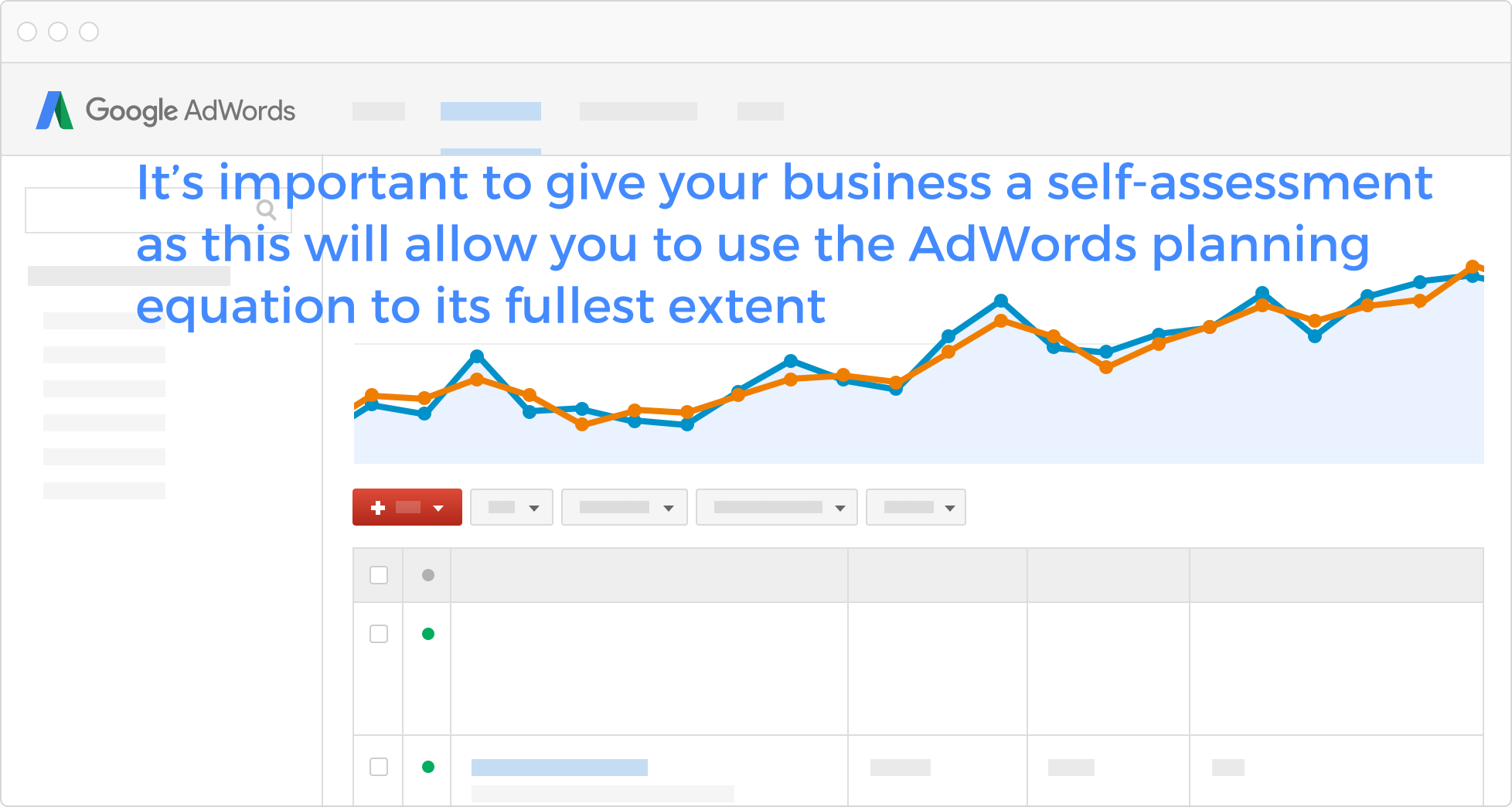
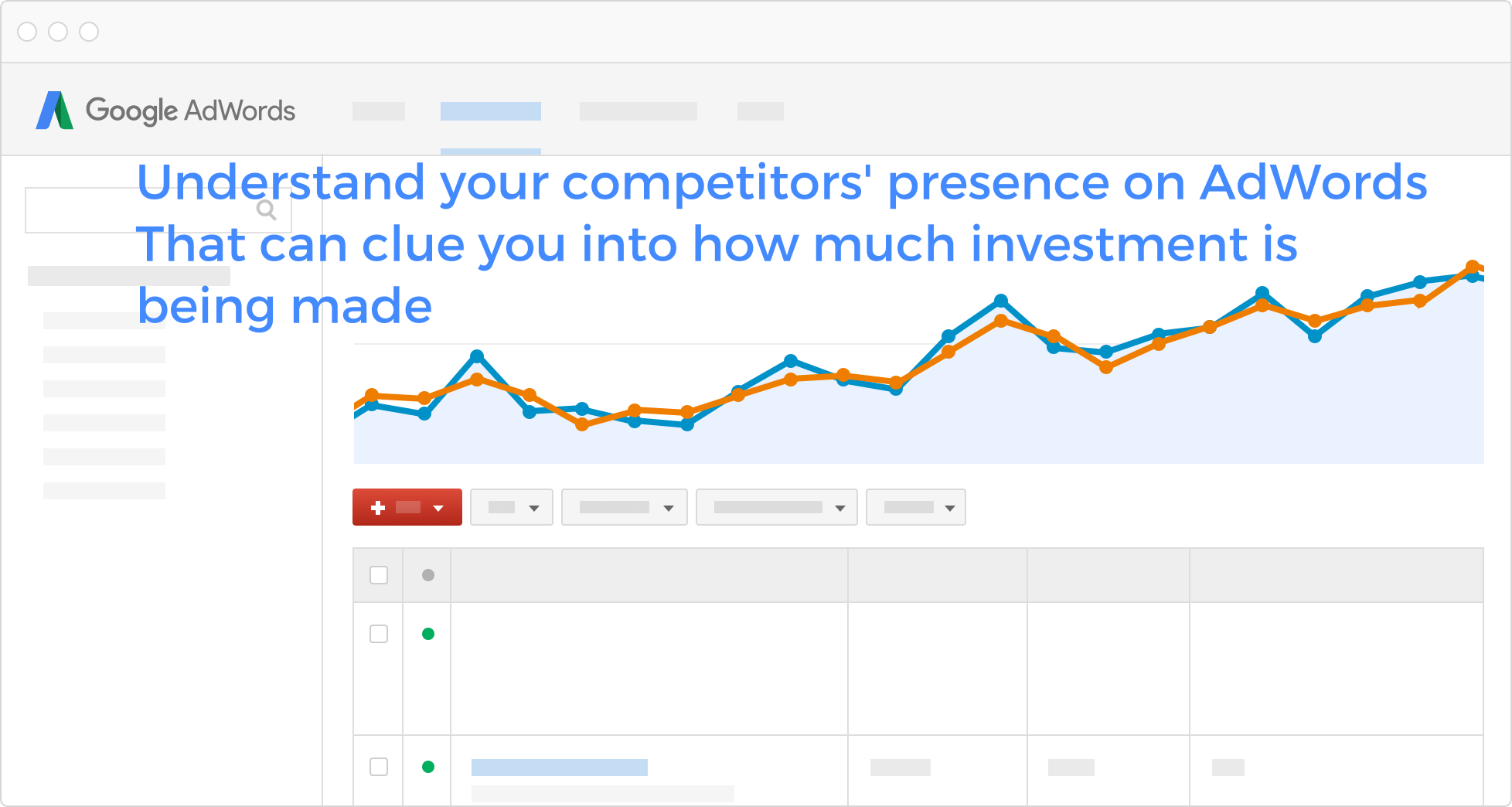
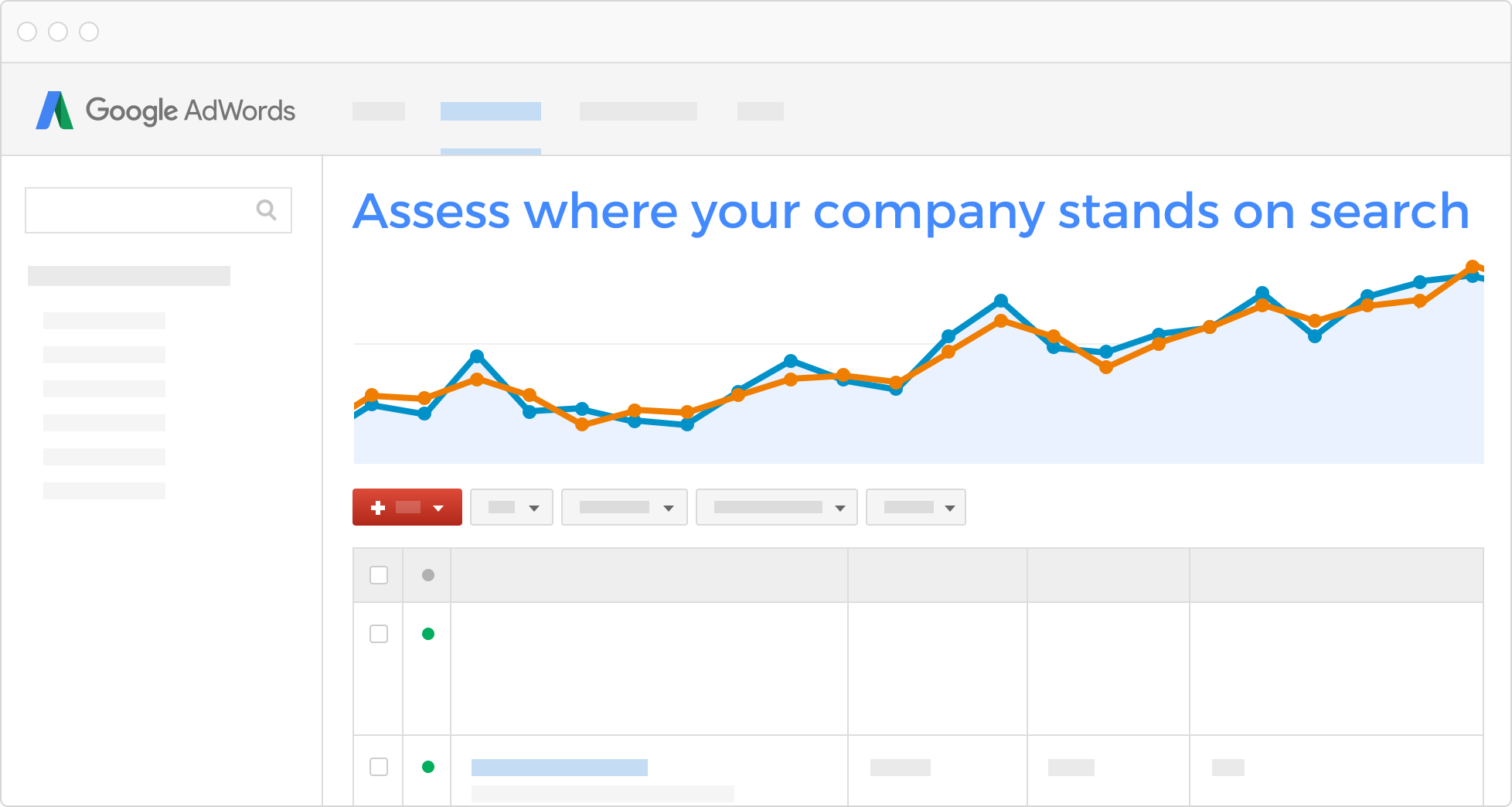
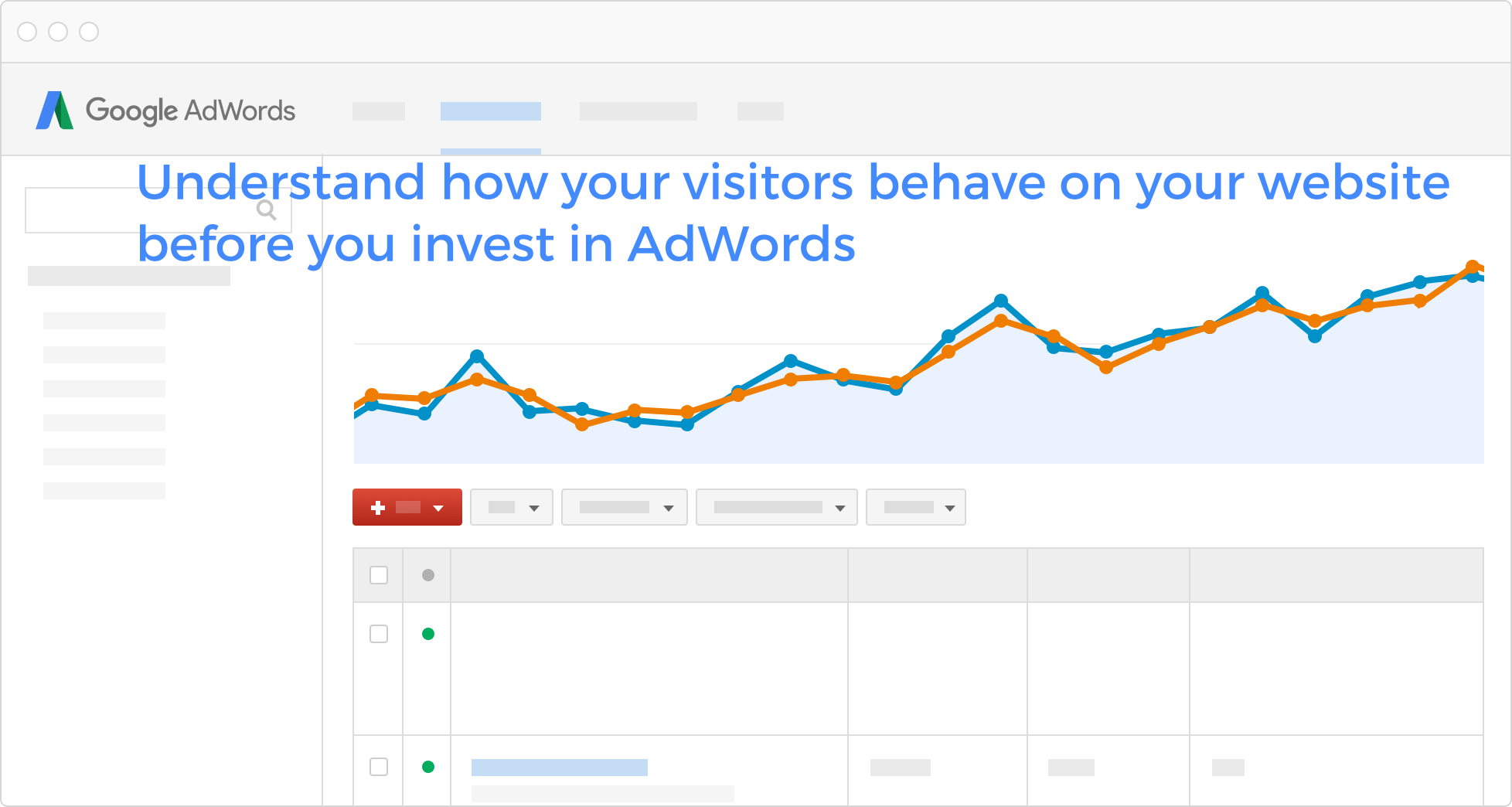
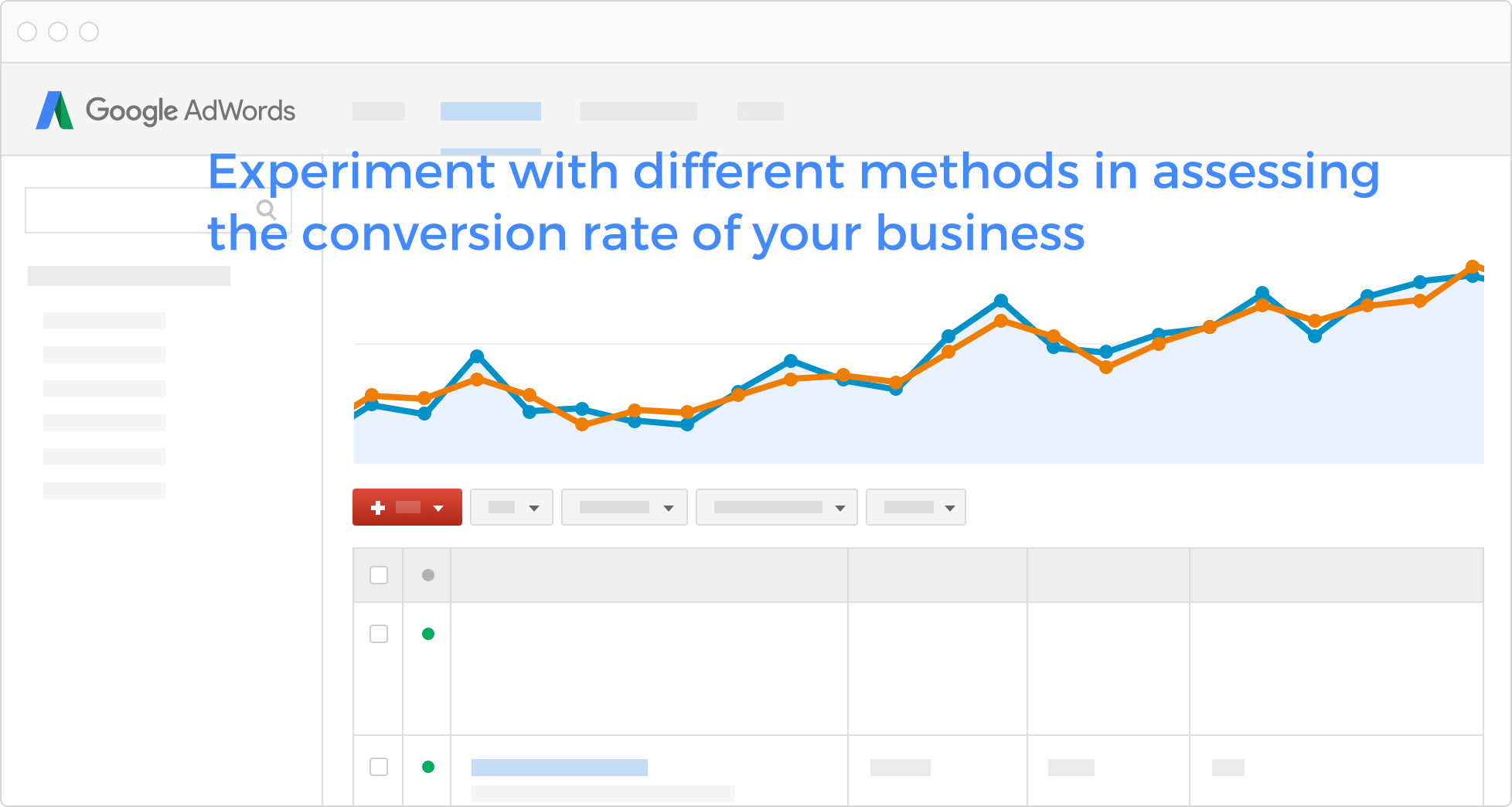







One Response
Thanks Mason,
Easy to read and informative. I’m not big fan of long articles but the way that you wrote made me motivate to read until last words. :)
No I have better point of view about the Adwords.